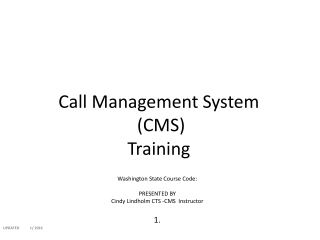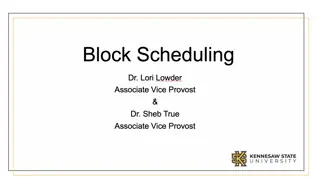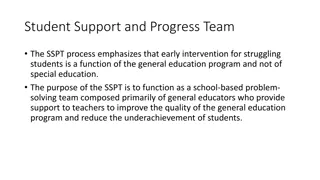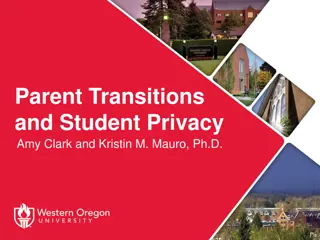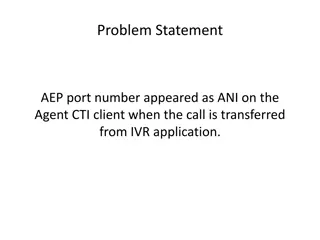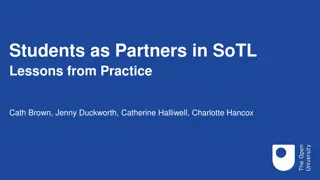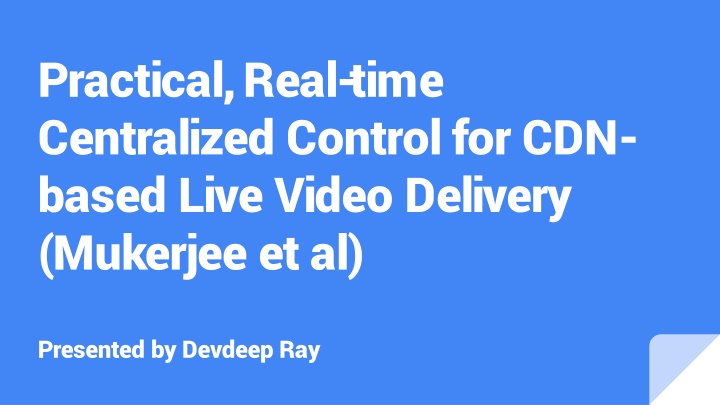
Real-time Centralized Control for CDN-based Video Delivery
"Learn about the challenges and solutions for live video delivery in a CDN-based system, including centralized control benefits, past solutions, VDN overview, and design goals. Explore the hybrid approach for optimized cost and quality trade-offs in video delivery." (Word count: 34)
Download Presentation

Please find below an Image/Link to download the presentation.
The content on the website is provided AS IS for your information and personal use only. It may not be sold, licensed, or shared on other websites without obtaining consent from the author. If you encounter any issues during the download, it is possible that the publisher has removed the file from their server.
You are allowed to download the files provided on this website for personal or commercial use, subject to the condition that they are used lawfully. All files are the property of their respective owners.
The content on the website is provided AS IS for your information and personal use only. It may not be sold, licensed, or shared on other websites without obtaining consent from the author.
E N D
Presentation Transcript
Practical, Real-time Centralized Control for CDN- based Live Video Delivery (Mukerjee et al) Presented by Devdeep Ray
Challenges with (live) video Live video traffic growing 4-5x every year Providers and consumers have different needs: low deliver cost vs high quality, low joining latency Fast failover Fine-grained control Low join times
Past solutions Use traffic engineering Done at coarse time scales Usually distributed control for fast recovery Main approach: Map users to POPs
VDN overview CDN optimization Hybrid approach: Centralized and distributed control Fast join time, long-term global optimality Can be tuned to optimize for delivery cost or video quality
CDN background Consists of sources, reflectors and edges Links between sources and reflectors are costly (long haul) Links between reflectors and edges are cheaper Use DNS to send clients to the best edge
DNS mapping No way to push updates DNS TTL may or may not be respected at local DNS servers Mapping done using heuristics: Not optimal, difficult to tune
Design goals Allow quality/cost tradeoff. Quality == Bitrate Scalable to millions of users Fine grained control Fast join and recovery
Centralized or distributed control? Centralized: Easy optimization, fine grained cost/quality control, but slow and does not scale easily Distributed: High scalability, fast, not optimal and not easy to do cost/quality tradeoff Solution? Hybrid.
VDN components Centralized controller Distributed controllers
Centralized controller Performs global optimization Pushes optimal routing information to local controllers Pushes optimal edge information to DNS Granularity of few minutes
Local controller Quickly picks parent for sourcing data (potentially sub-optimal) Tracks viewership Sends info to global controller Receives optimized routes from central controller
Central optimization Input: Wc, Ws, Costs, bitrates, topology, Capacity Output: Routing tree/ table Solved using MIP with early termination Few minutes for 25K users to reach 1% within optimal
Evaluation Trace driven evaluation E2E evaluation on EC2 VDN achieves 1.7X improvement in average bitrate, 2X reduction in delivery cost Responsive at a granularity of 200ms

